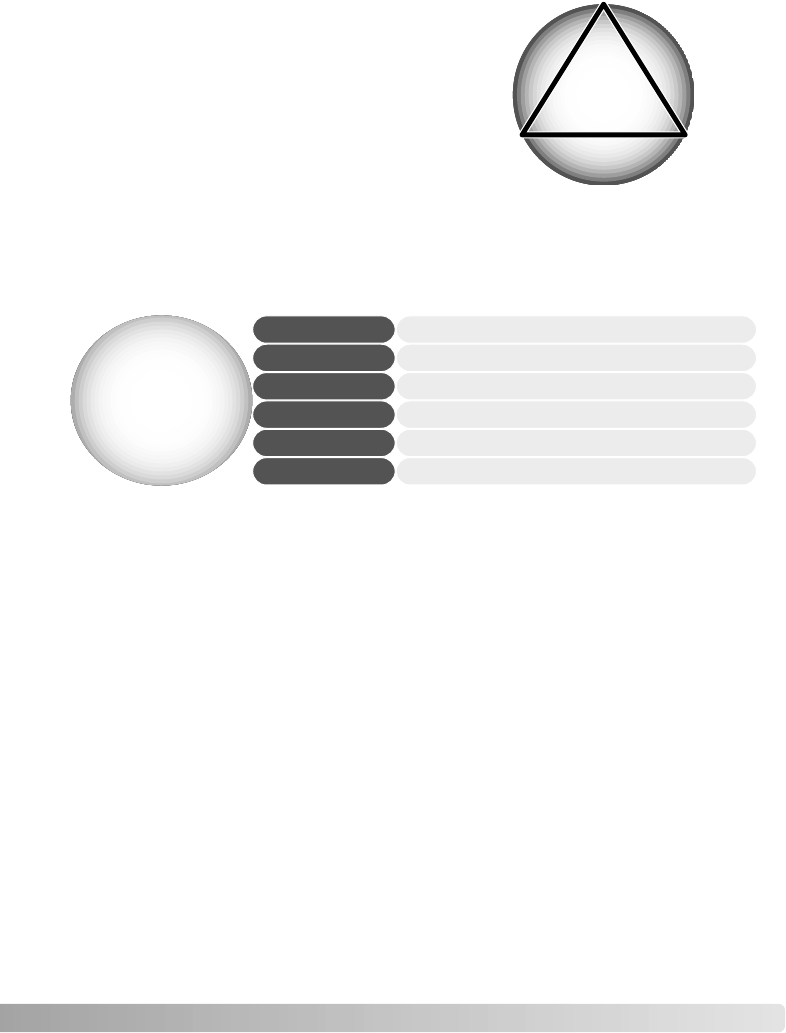
41
An introduction to color
In photography, red, green, and blue are
the primary colors. The secondary
colors, cyan, magenta, and yellow, are
made from combining the primary colors:
cyan = blue + green, magenta = blue +
red, and yellow = red + green. The
primary and secondary colors are
grouped in complementary pairs: red and
cyan, green and magenta, and blue and
yellow.
Adding or subtracting equal parts of red, green, and blue will have no affect on the
color balance. However, it can change the overall image brightness and contrast.
Usually, no more than two color channels are needed to color balance an image.
Color balancing is a skill that develops with practice. While the human eye is extremely
sensitive in making comparative judgements, it is a poor tool when making absolute
measurements of color. Initially, it can be very difficult to distinguish between blue and
cyan, and red and magenta. However, adjusting the wrong color channel never
improves an image; subtracting blue from an image that is too cyan will give a green
cast to the image.
If the image is too
RED
GREEN
BLUE
CYAN
MAGENTA
YELLOW
Decrease the amount of green.
Decrease the amount of blue.
Increase the amount of red.
Increase the amount of green.
Increase the amount of blue.
Decrease the amount of red.
Knowing the complementary colors is very important in color balancing. If the image
has a specific color cast, either subtracting the color or adding its complementary color
will create a natural looking image.
RED
GREENBLUE
CYAN
MAGENTA YELLOW


















